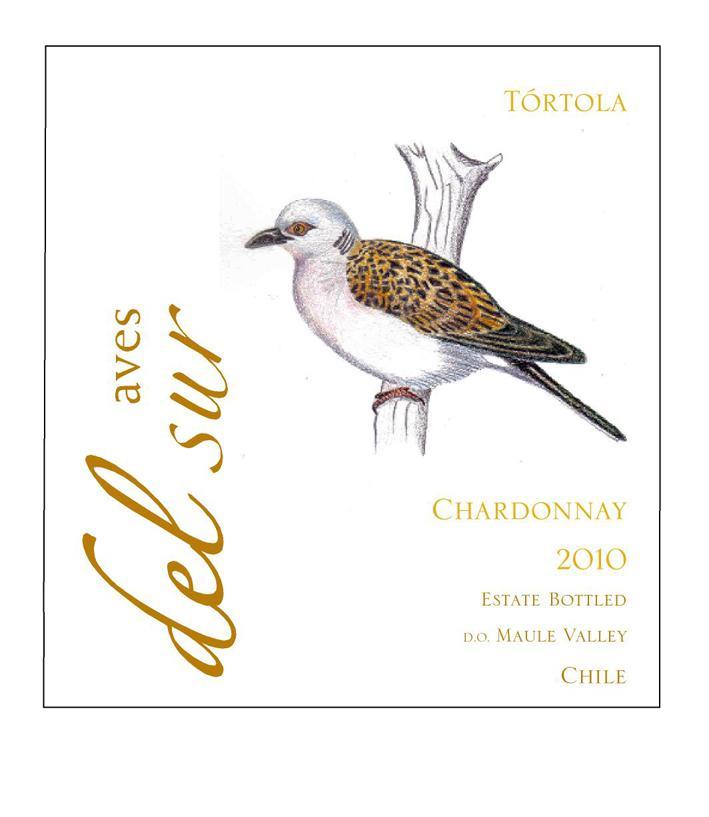2010 Maule Valley Chardonnay
Aves Del Sur Tórtola is a charming 2010 Chardonnay hailing from the picturesque Maule Valley, known for its diverse microclimates and fertile soils that allow grapes to flourish. This delightful white wine showcases a beautiful golden hue, inviting you to explore its intriguing aromas. With a medium-bodied profile, it strikes a remarkable balance between brightness and richness. The acidity dances gracefully on the palate, offering a refreshing lift that complements the wine's vibrant fruit character. Notes of ripe stone fruit, citrus, and subtle hints of oak create a harmonious and approachable experience. The wine is deftly dry, enhancing its food-friendly qualities, making it a perfect companion for a variety of dishes. Aves Del Sur Tórtola exemplifies the elegance of the Chardonnay varietal, showcasing the exquisite terroir of the Maule Valley while delivering a delightful tasting experience.
Aves Del Sur Tórtola is a charming 2010 Chardonnay hailing from the picturesque Maule Valley, known for its diverse microclimates and fertile soils that allow grapes to flourish. This delightful white wine showcases a beautiful golden hue, inviting you to explore its intriguing aromas. With a medium-bodied profile, it strikes a remarkable balance between brightness and richness. The acidity dances gracefully on the palate, offering a refreshing lift that complements the wine's vibrant fruit character. Notes of ripe stone fruit, citrus, and subtle hints of oak create a harmonious and approachable experience. The wine is deftly dry, enhancing its food-friendly qualities, making it a perfect companion for a variety of dishes. Aves Del Sur Tórtola exemplifies the elegance of the Chardonnay varietal, showcasing the exquisite terroir of the Maule Valley while delivering a delightful tasting experience.




